YOSEMITE Park is a place of rest, a refuge from the roar and dust and weary, nervous, waiting work of the lowlands, in which one gains the advantage of both solitude and society. Nowhere will you find more company of a soothing peace-be-still kind. Your animal fellow-beings, so seldom regarded in civilization, and every rock-brow and mountain, stream, and lake, and every plant soon come to be regarded as brothers; even one learns to like the storms and clouds and tireless winds. This one noble park is big enough and rich enough for a whole life of study and aesthetic enjoyment. It is good for everybody, no matter how benumbed with care, encrusted with a mail of business habits like a tree with bark. None can escape its charms. Its natural beauty cleanses and warms like fire, and you will be willing to stay forever in one place like a tree. Government protection should be thrown around every wild grove and forest on the mountains, as it is around every private orchard, as the trees in public parks. To say nothing of their value as fountains of timber, they are worth infinitely more than all the gardens and parks of towns.
John Muir, “The Wilderness World of John Muir
That first impression of the Valley—white water, azaleas, cool fir caverns, tall pines and stolid oaks, cliffs rising to undreamed-of heights, the poignant sounds and smells of the Sierra, the whirling flourish of the stage stop at Camp Curry [renamed to Half Dome Village as of March 1, 2016] with its bewildering activities of porters, tourists, desk clerks, and mountain jays, and the dark green-bright mood of our tent – was a culmination of experience so intense as to be almost painful.
Ansel Adams on his first visit to Yosemite
Yosemite National Park was established on October 1, 1890, a magnificent array of towering granite, waterfalls, meadows, rivers, creeks, redwood forests, spanning 747, 956 acres. Once inside, one feels serenity instantly. From the snow, covering road shoulders, to white snow understory surrounding the trees, snowflakes shimmering in pine tree leaves and branches, a morning circuitous drive of 33 miles to the inner rim of the national park allows you to breathe in God, with every breath you take.
There is no mistaking God in this magnificence.
Last year’s visit in 2016, marked by drought, gave my husband Enrique and I, a shy display of water in trickles. It took a trip up to Glacier Point, with a commanding view of Half Dome, Yosemite Village and the Sierras (greeting us with a magical surprise of double rainbows) after gray clouds had cleared a bit. With showers to cool us down, we did not mind it at all, as the rainbows beckoned us to capture God’s magic.
As you get into Yosemite Lodge, the Upper Yosemite Falls rises up to meet you, with its strong flows, as if not enough, a Middle Yosemite falls, and Lower Yosemite Falls, with much stronger volumes, now flowing after several snow storms.
In February of 2016, a snow-dusted Half Dome greeted us with robust water flows at Bridal Veil Falls, causing folks to stop at a viewpoint by the tunnel. I wanted to write snowcapped, but as with each day of warmer weather, the snow had diminished to dusted Half Dome. Yet, its grandeur, and that of Bridal Veil Falls, which we got to hike and be with, up, close and personal, did not diminish.
John Muir’s apparent love for Yosemite is recalled, “No temple made with human hands can compare with Yosemite,“ and his famous quote,” I only went out for a walk and finally concluded to stay out till sundown for going out, I found I was really going in, “ emblazoned on the storefront of Nature Shop in Yosemite’s Lodge.
Firefall and thousands of photographers.
“Firefall was an old Yosemite tradition,” National Geographic’s Kenneth Brower wrote, “Every night a bonfire of red-fir bark was built on Glacier Point. From Camp Curry below came the cry, “Let the fire fall!” And down it poured, a slender cataract of lava splitting the dark cliff. It was a bad idea, probably – no current management plan calls for a rekindling of the Firefall-but it certainly was spectacular. There have been no [man-made] firewalls since 1968, yet a pale scar still shows where the fire burned away the cliff’s lichens.”
Michael Frye, a photographer who took photos of Yosemite for 25 years, now 26 years in 2017, described Firefall at Yosemite National Park, as a convergence of three: “The perfect Horsetail Fall photograph needs three things. First, there has to be enough water. Second, the sun has to be low in the sky when it’s still hitting the fall to give it that orange glow. Third, the cliff behind and to the left of Horsetail has to be in the shade when the water is on fire; the contrast between the backlit waterfall and the dark background is what makes this event so dramatic.”
This 2017, the magic is even more enchanting as the winter rains have created rip-roaring waterfalls, so robust that we can just imagine what sunset would bring, perhaps golden showers so magnificent that would induce tears in us, the photographers. Tears in awe of God’s magic!
We became part of this magical gathering of photographers in Feb. 2016, where Canon lovers stood next to Nikon enthusiasts, exchanging tips. Others had telephoto zoom lenses with a range of 650-1300 mm, while younger photographers with limited resources, applied their creativity instead, using binoculars with iPhones to produce decent enough shots.
Stan Moniz, in a red jacket, became the unofficial mentor to women who admitted their first adventure with Firefall. “Ah a virgin,” and everyone laughed.
For four days, we waited for sunset when the exact moment of God’s magical sun rays would hit the waterfalls, first as mist, then increasing in volume with sunset. By 5:37 to 5:48 pm, the sun would set and give us flashing colors and each day, sunset got later.
On Friday, a gilded vertical yellow water flow and framed by dark shadows, it assumed the shape of a heart or a teardrop. On Saturday, thousands showed up. Sunrays fell on the waterfalls, creating a distinct yellow and framed by orange on its sides. By Sunday, a light yellow on the waterfalls, with a hint of orange flashed and just in a snap, the sun disappeared.
I was ready to go home but Enrique requested one more night for Firefall watching, to which a photographer said, “Make him pay dear.” He took me to Ahwahnee Hotel’s buffet breakfast, now with a new name, The Majestic Yosemite Hotel.
That Monday, we were gifted with yellow, orange and even pink on Horsetail Falls, God’s magic manifested.
The conflict between right and wrong.
During the Firefall watch, many photographers shared their indignation at the renaming of park’s icons: Ahwahnee Hotel to The Majestic Yosemite Hotel, Curry Village to Half Dome Village and Wawona to Big Trees Lodge, “I care that my national parks are national treasures. They are America’s assets. I care that their Indian names are preserved.”
“The first tribe for which we know the name—the last to call the valley its own—was a band of Miwok who named it Ahwahnee, “the Place of the Big Mouth,” for its shape, and called themselves Ahwahneechee, the people of that place,” Kenneth Brower wrote.
Delaware North, once a concessionaire that run these facilities for years, had lost its concessionaire’s privilege. In an effort to squeeze the federal government, it claimed compensation for its alleged trademarks and filed a lawsuit to claim monetary gains for these iconic names: The Ahwahnee Hotel, Curry Village and Wawona, which they pegged the value at $51 million, while the National Park Service counters that the dollar value of the trademarks Yosemite names at $3.5 million.
How can they file trademarks for something that never belonged to them?
The Ahwahnee Hotel was commissioned by the National Park Service’s former first director, Stephen T. Mather, to be built by a private company, Yosemite Park and Curry Company for public use, even if priced to attract only those with money. For example, Bracebridge Christmas event is priced at $1,000 per ticket, while lunch buffet is affordable at under $50.
During World War II, this hotel hosted the US Navy, and in 1943, the Navy converted this into a hospital, “In two-and-half years, 90,000 service men and women relaxed in Yosemite National Park, while 6, 752 patients were treated.”
No written contracts will ever erase the fact that this magnificent acreage belongs to all of us, America. Ahwahnee Hotel might be fictionally regarded intellectual property by Delaware North, but this particular site never belonged to Delaware North, not its name, as it belongs to the Native Americans who lived in this place, regardless of Delaware’s erroneous filings of trademarks, and erroneously decided upon by US Patent and Trademark Office.
We hope these series of wrongs can be righted now by first, a withdrawal request of trademark privileges for Delaware, second, by an appropriate ruling of a judge to return these iconic names to the public and third, due diligence by National Park Service that these public treasures are #NeverforSale, much like in the tradition of National Park Service’s principles in 1896. “The battle we have fought, and are still fighting, for the forests is a part of the eternal conflict between right and wrong, and we cannot expect to see the end of it. I trust, however, that our club [Sierra Club] will not weary in this forest well-doing. The fight for Yosemite Park and other forest parks and reserves is by no means over; nor would the fighting cease, however much the boundaries were contracted. Every good thing, great and small, need defense. The smallest forest reserve, and the first I ever heard of, was in the Garden of Eden; and though its boundaries were drawn by the Lord, and embraced only one tree, yet even so moderate a reserve as this was attacked. And I doubt not, if only one of our grand trees in the Sierra were reserved as an example and type of all that is most noble and glorious in mountain trees, it would not be long before you find a lumberman and a lawyer at the foot of it, eagerly proving by every law terrestrial and celestial that that tree must come down. So we must count on watching and striving for these trees, and should always be glad to find anything so surely good and noble to strive for,” as written in Anne Rowthorn’s compilation of “The Wisdom of John Muir.”
What justifies a private company to claim these intangible names, as if their Garden of Eden or their God’s Firefall, to profit from their alleged fictional sale of trademarks when it is a public asset?
Much like God’s magic in Firefall, so intensely beautiful, what Delaware is doing to treat Yosemite National Park’s iconic names, as if commodities on a fire sale, is so painful to the rest of us, including the 4,000,000 visitors to this park.
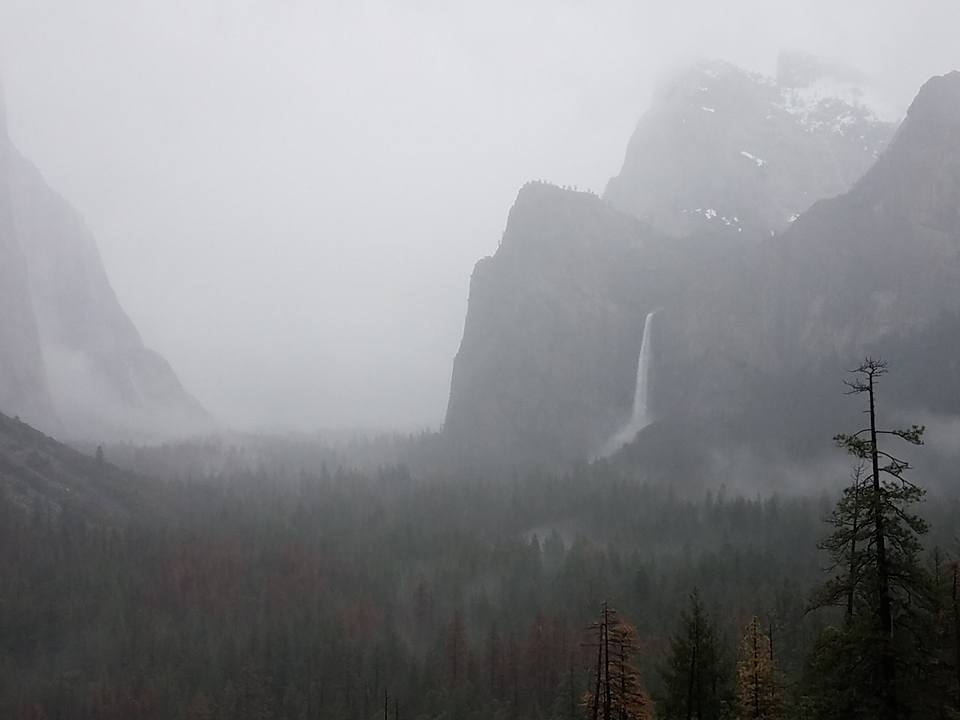
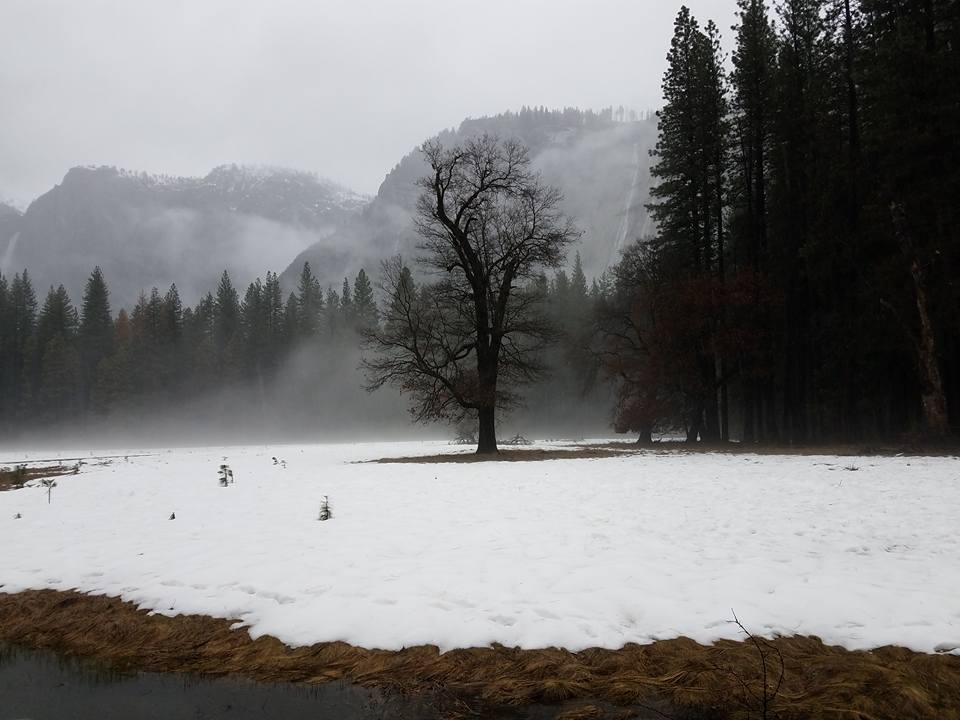
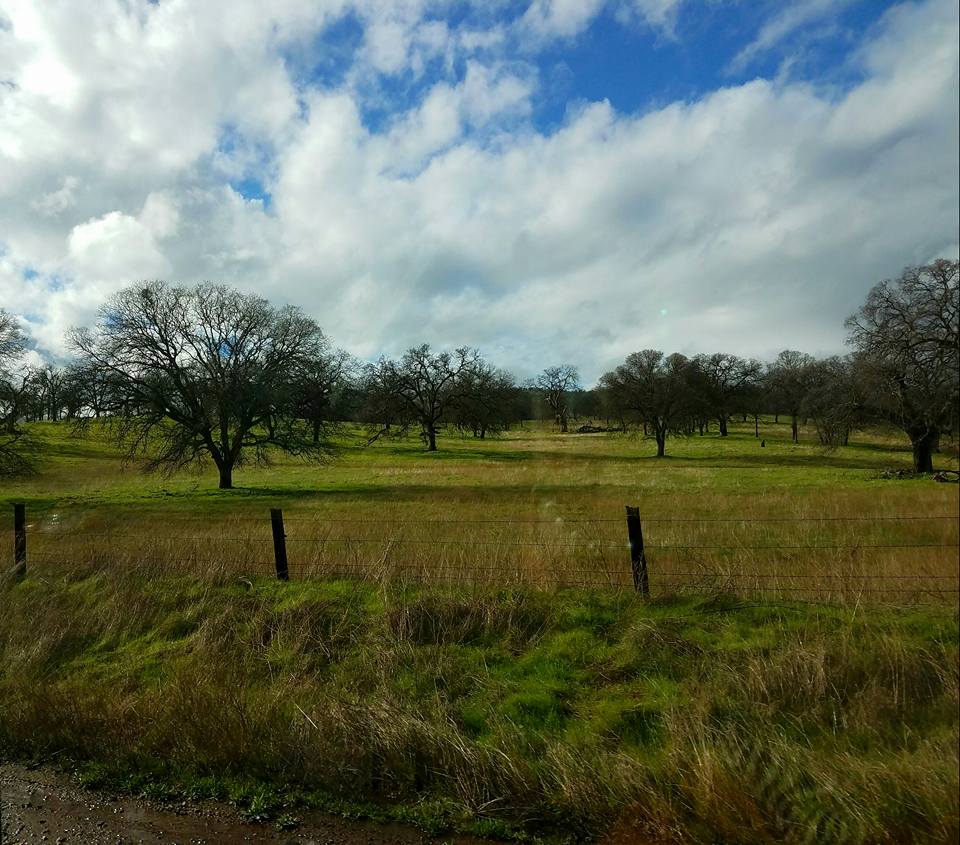
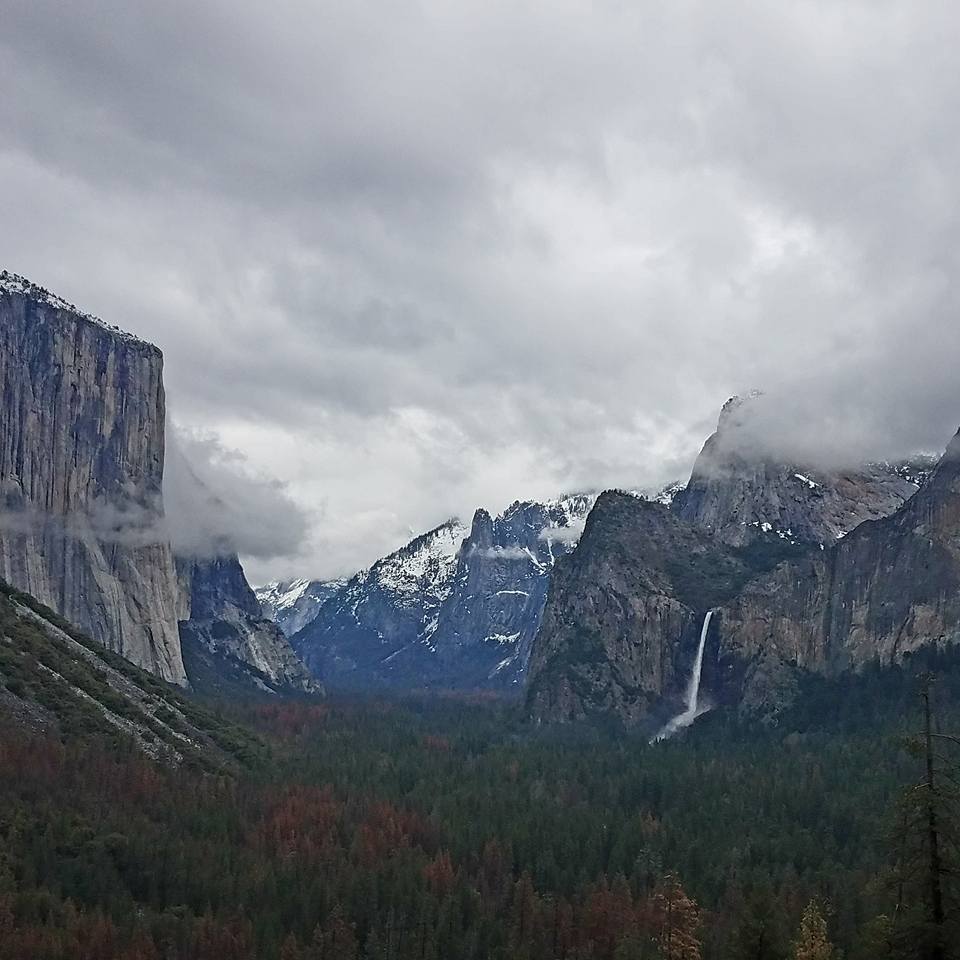
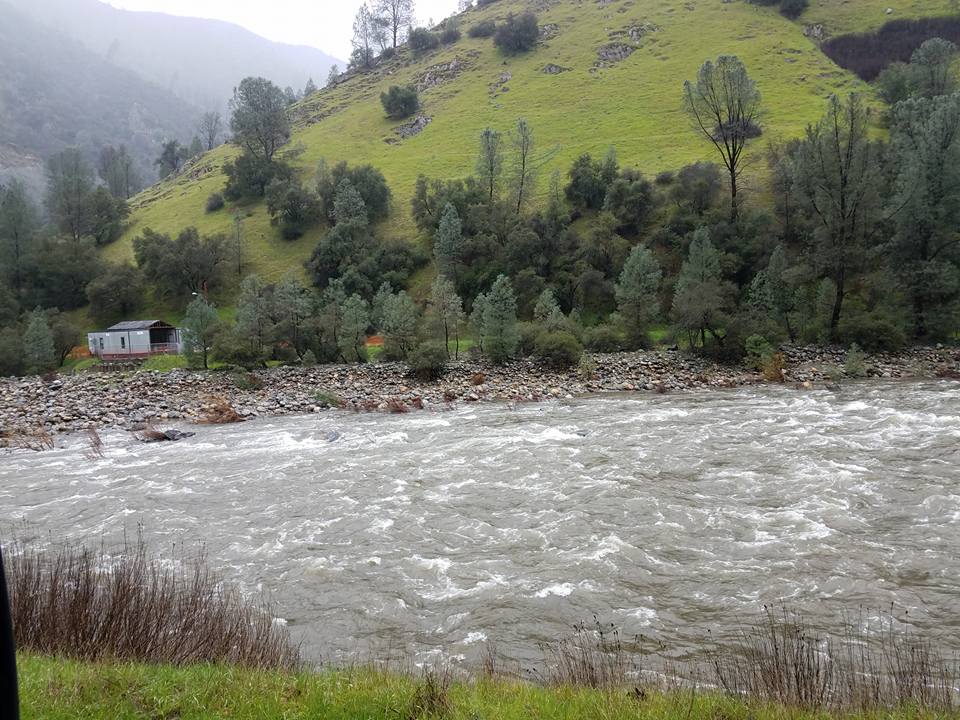
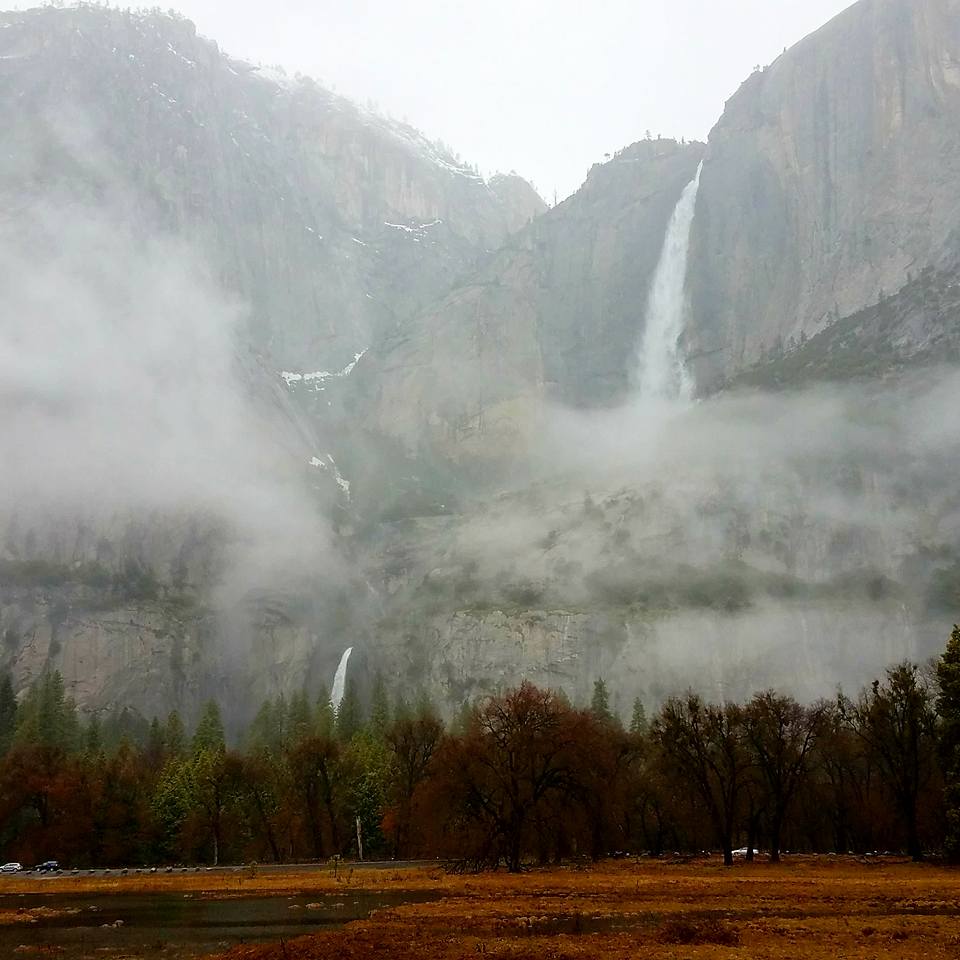
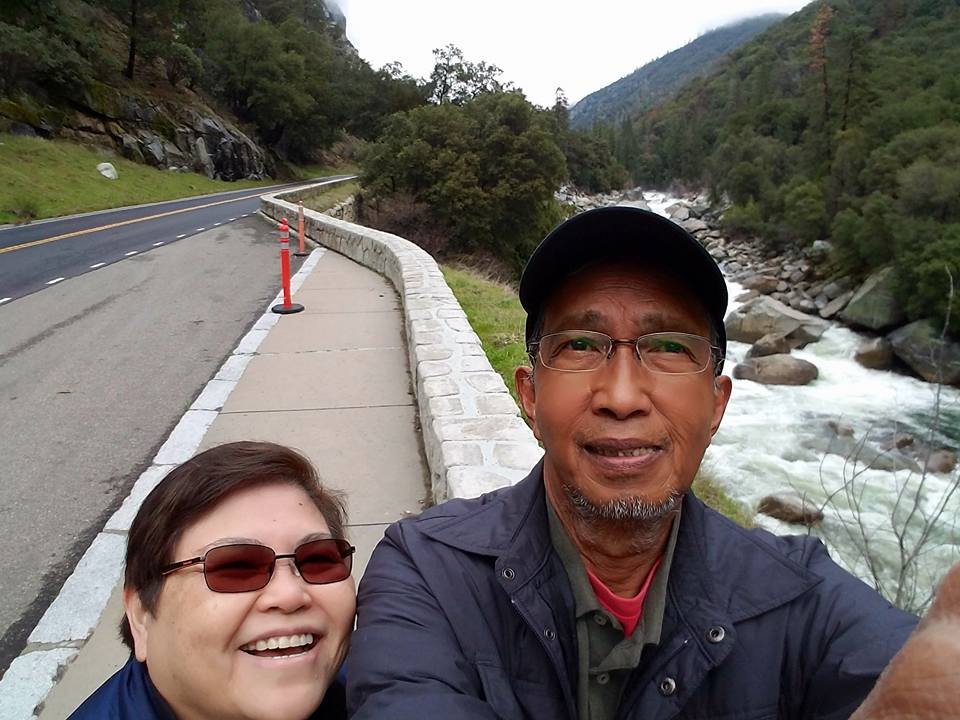
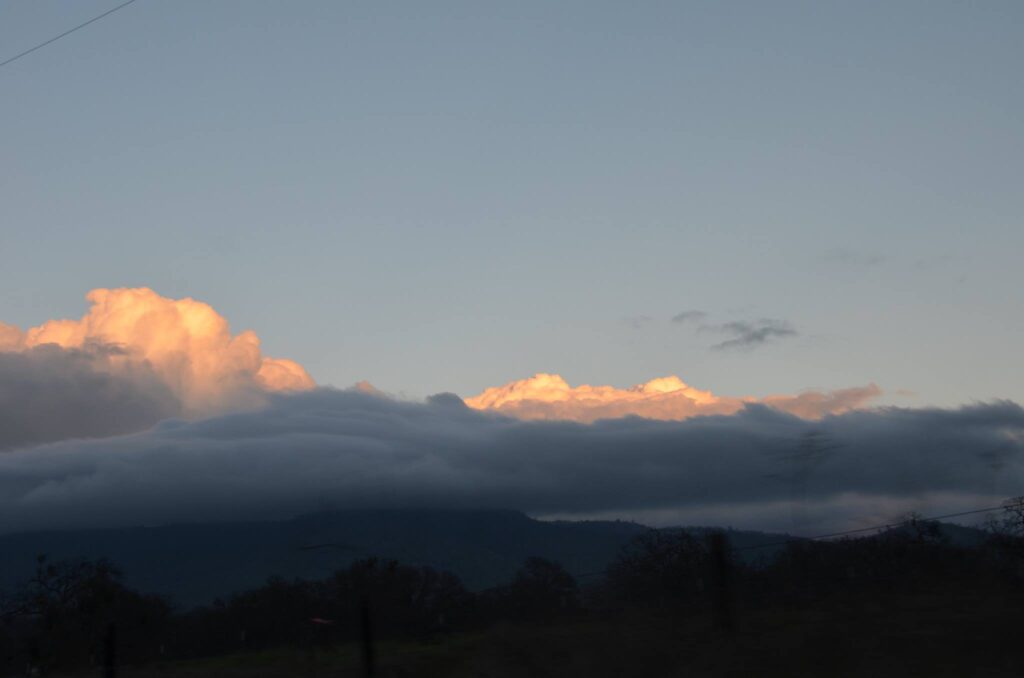
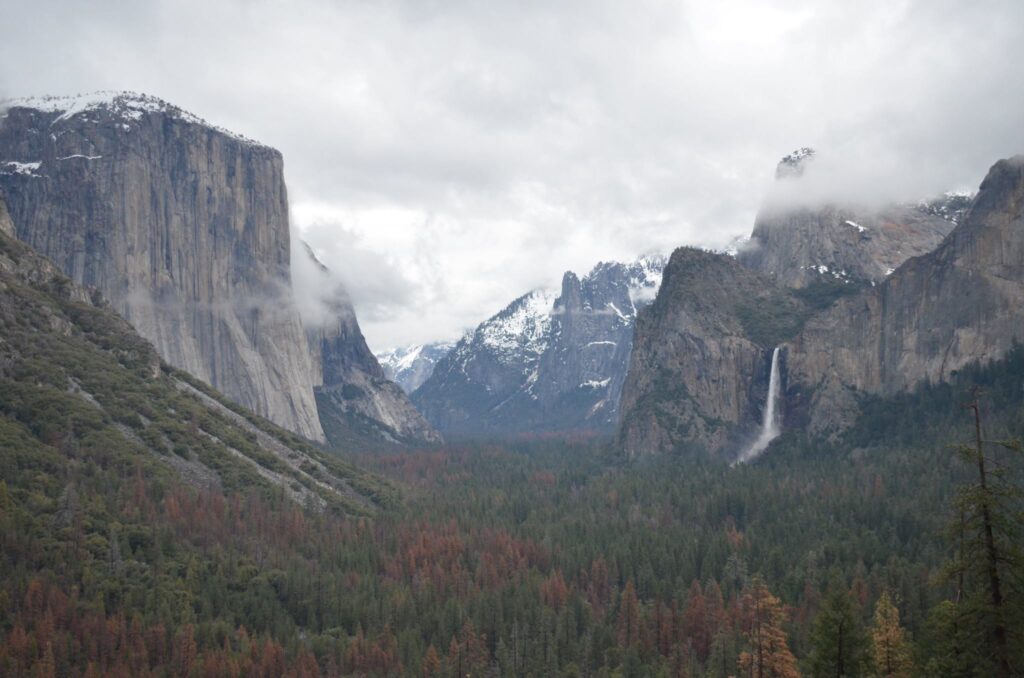
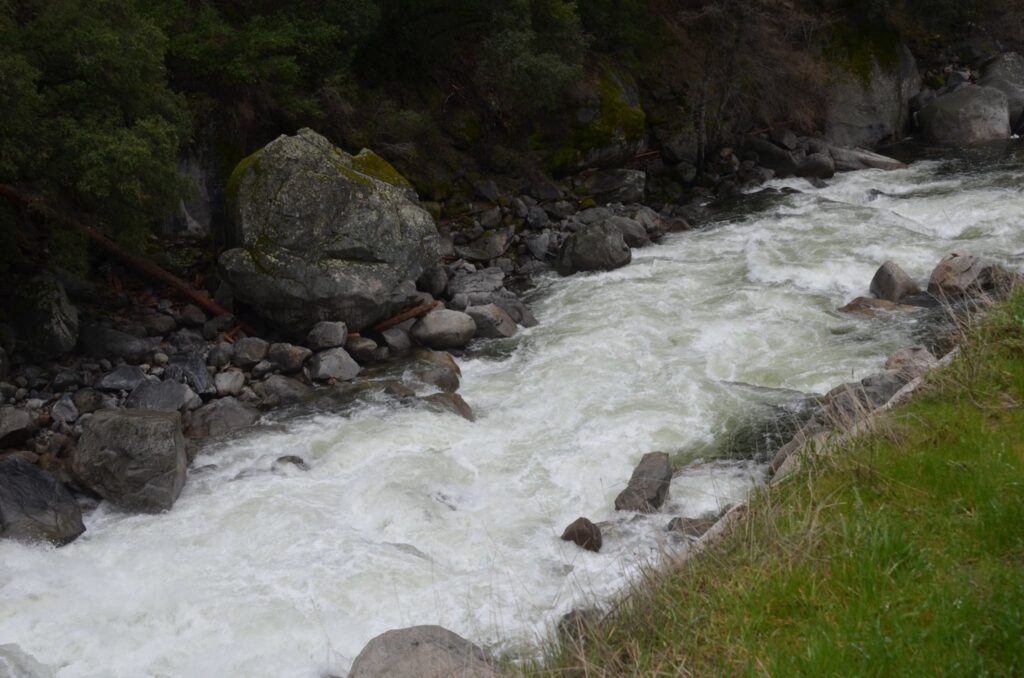
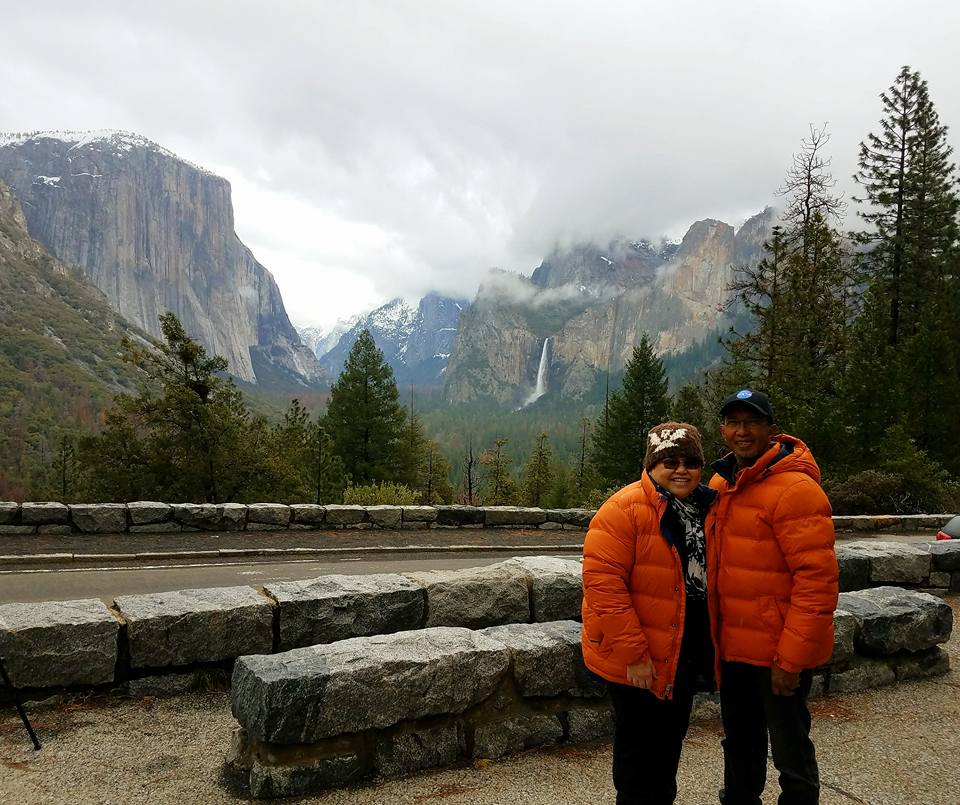
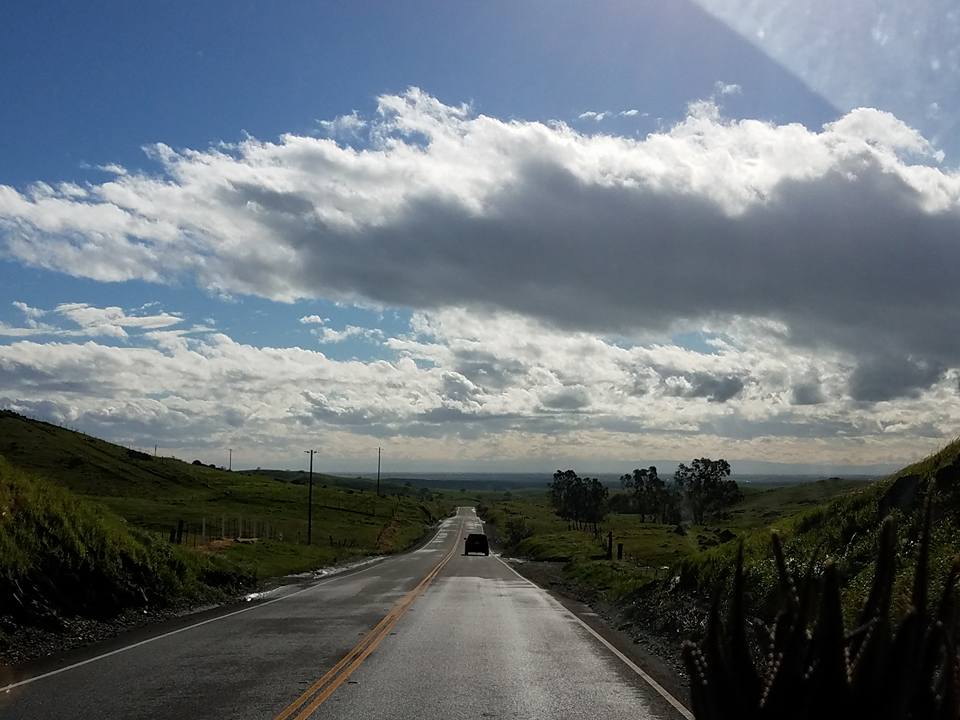
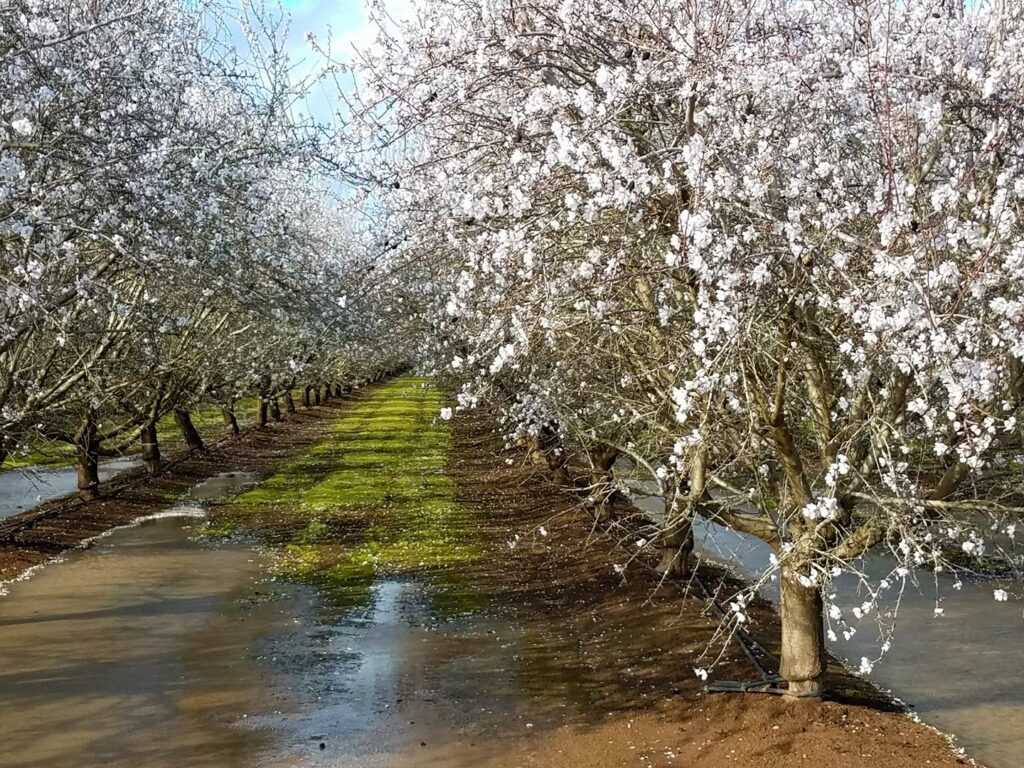
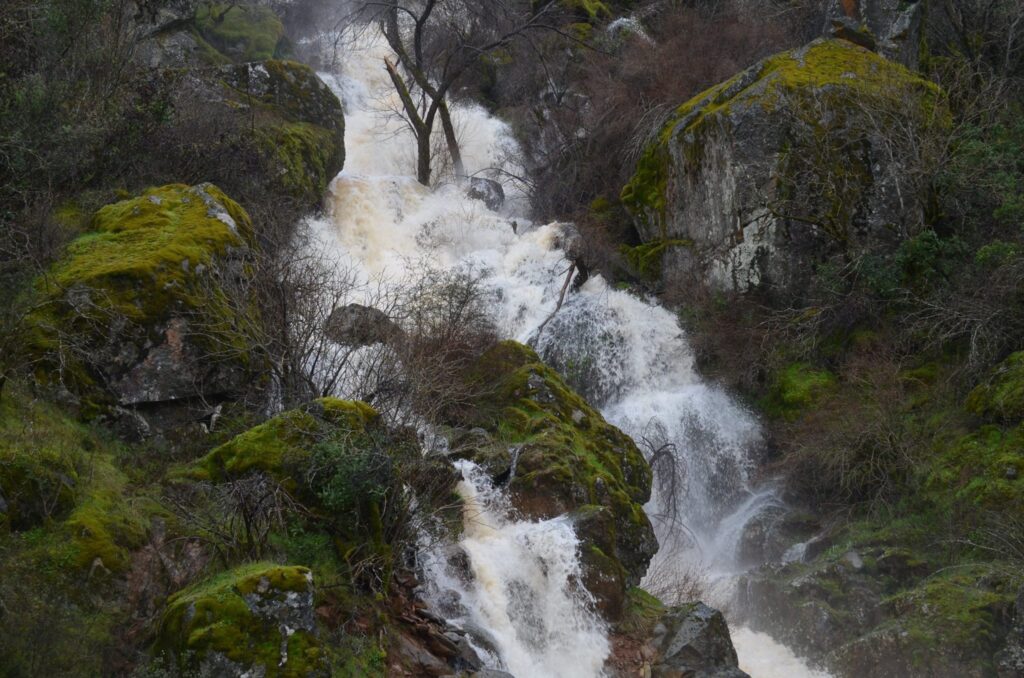
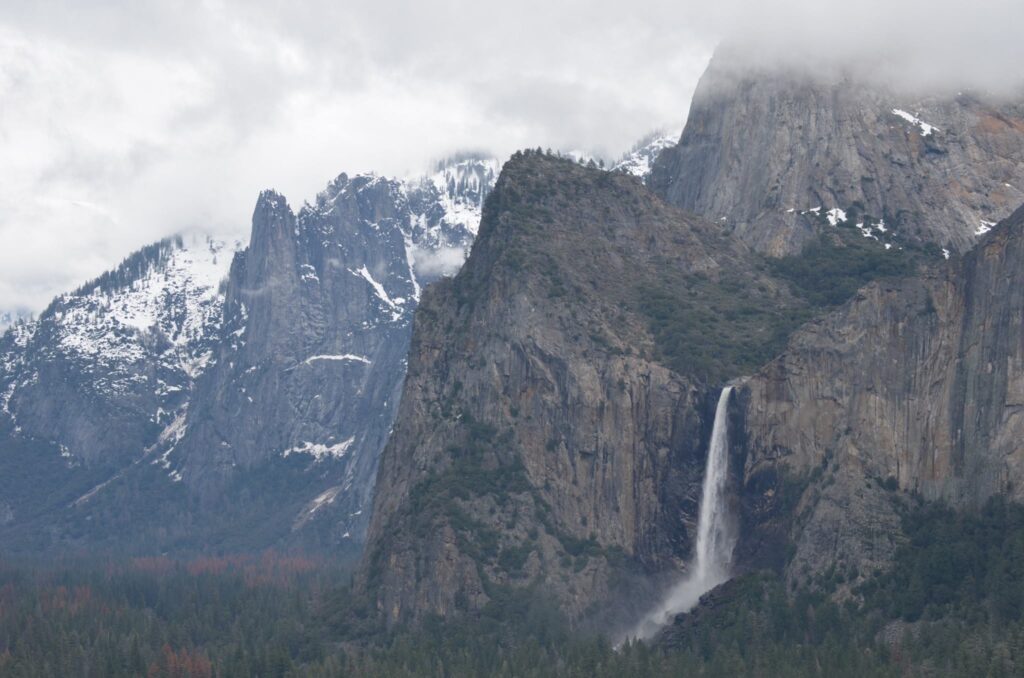
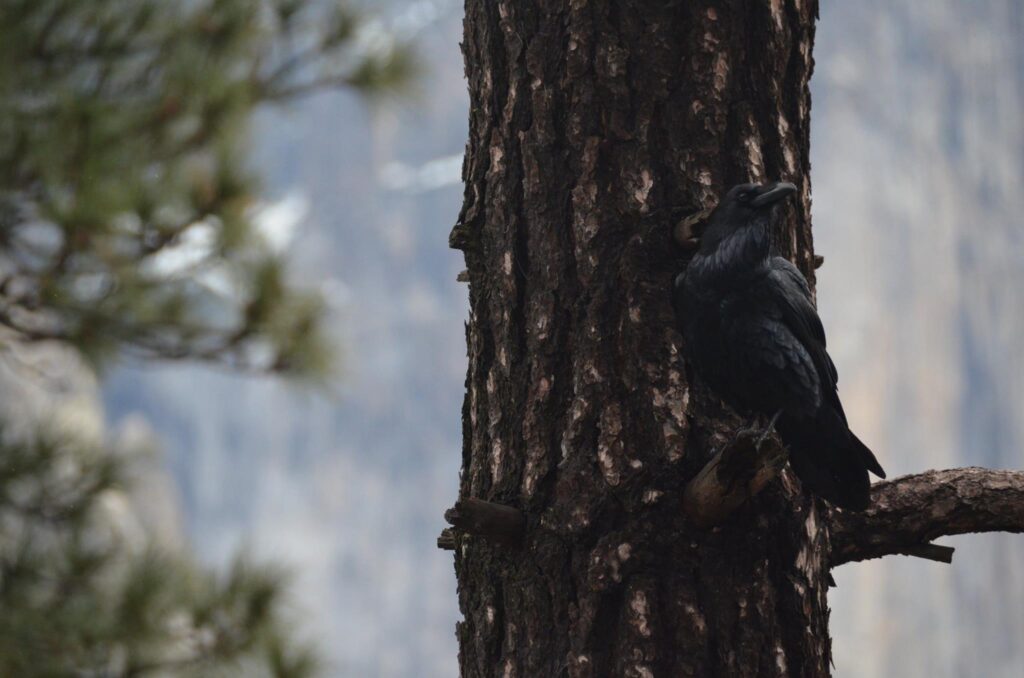
Published on Asian Journal
